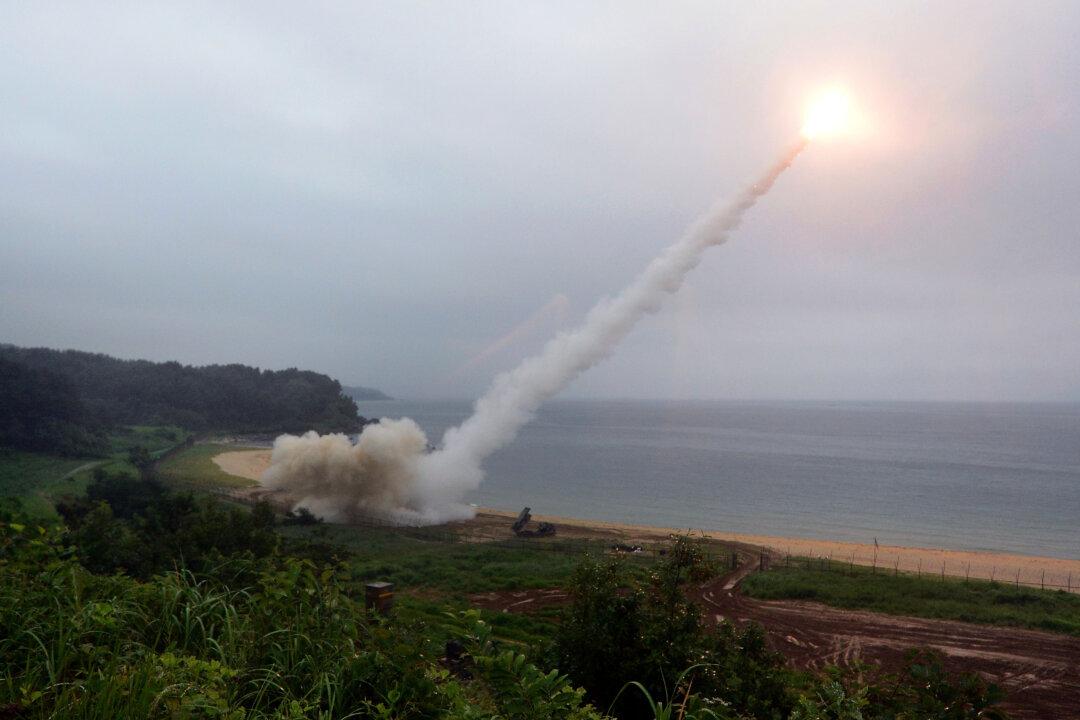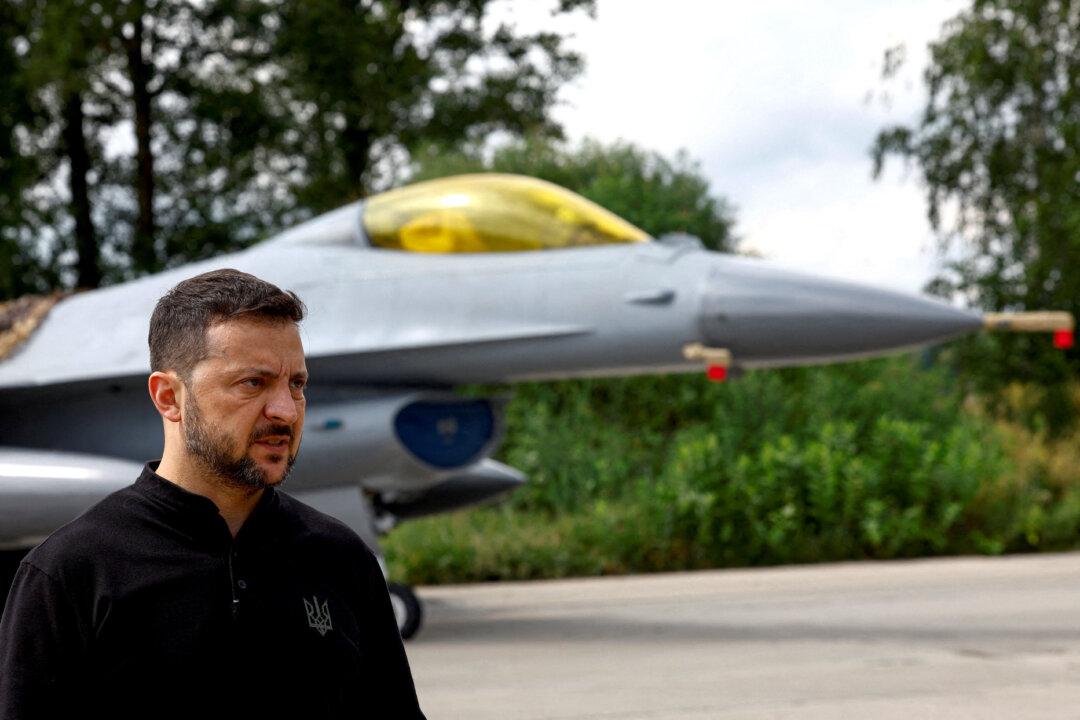Kyiv’s use of U.S.-supplied Army Tactical Missile Systems (ATACMS) won’t be enough to turn the tide of the conflict in Ukraine’s favor, Russian President Vladimir Putin has said.
Use of the long-range missile system by Ukraine “has no chance of radically changing the situation along the line of contact,” Mr. Putin said at an Oct. 18 press briefing.





